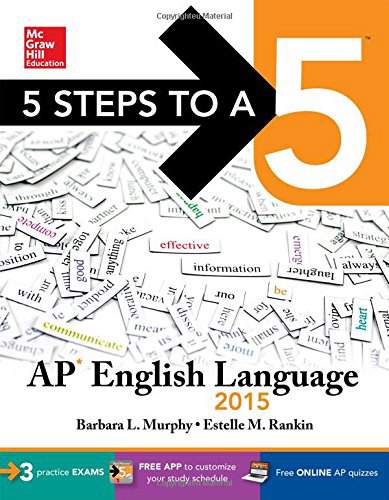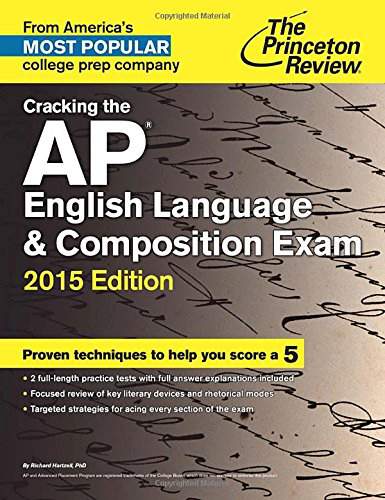Connecting...

This is a quick preview of the lesson. For full access, please Log In or Sign up.
For more information, please see full course syllabus of AP English Language & Composition
For more information, please see full course syllabus of AP English Language & Composition
AP English Language & Composition Multiple Choice Walkthrough, Part 1
Lecture Description
In the lesson, our professor Rebekah Hendershot goes through an introduction on the multiple choice walkthrough, part 1. She discusses where to find the questions, reading the passages, and then goes over the big-picture questions and detail questions for passage 2 and 3 of the sample.
Bookmark & Share
Embed
Share this knowledge with your friends!
Copy & Paste this embed code into your website’s HTML
Please ensure that your website editor is in text mode when you paste the code.(In Wordpress, the mode button is on the top right corner.)
×
Since this lesson is not free, only the preview will appear on your website.
- - Allow users to view the embedded video in full-size.
Next Lecture
Previous Lecture















































0 answers
Post by Carlos Lira on March 15, 2017
I cant'find it either, could you please repost the correct link?
0 answers
Post by Michael Hughes on January 19, 2016
I cannot find the 2008 Released test you are using as a reference.